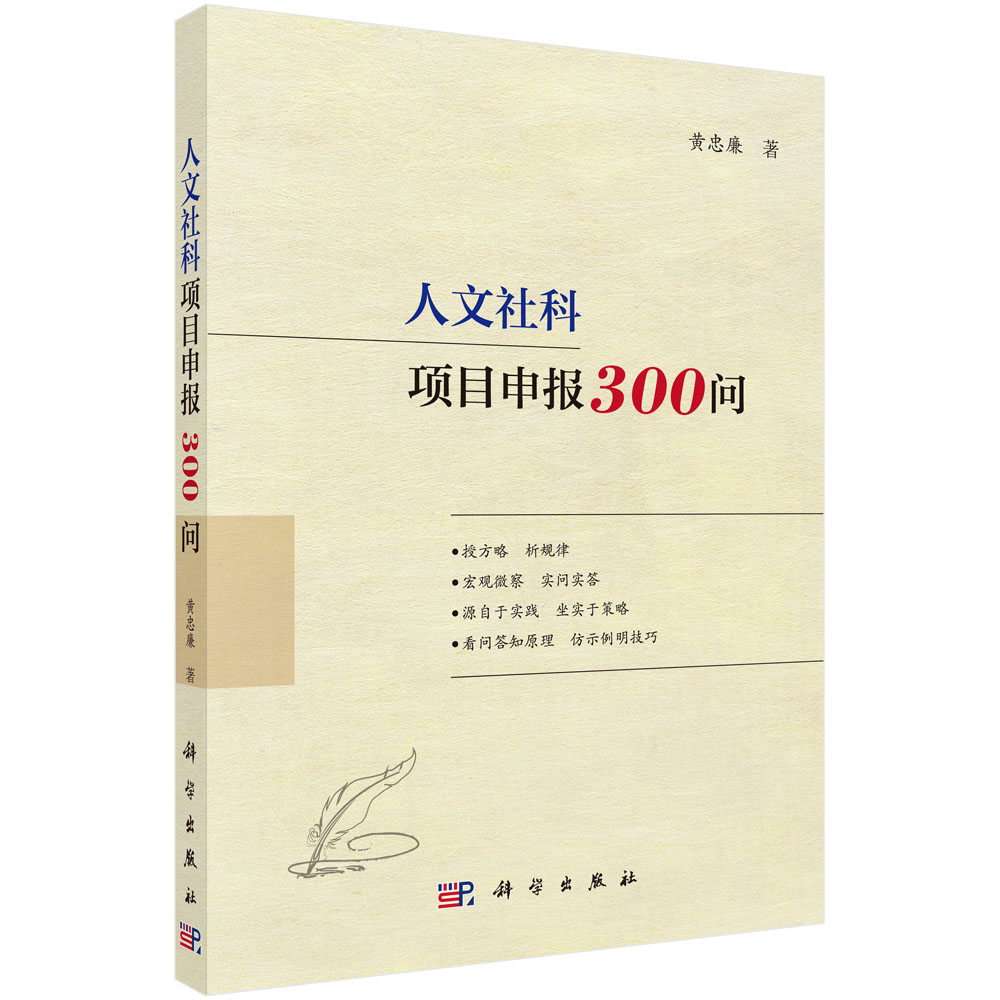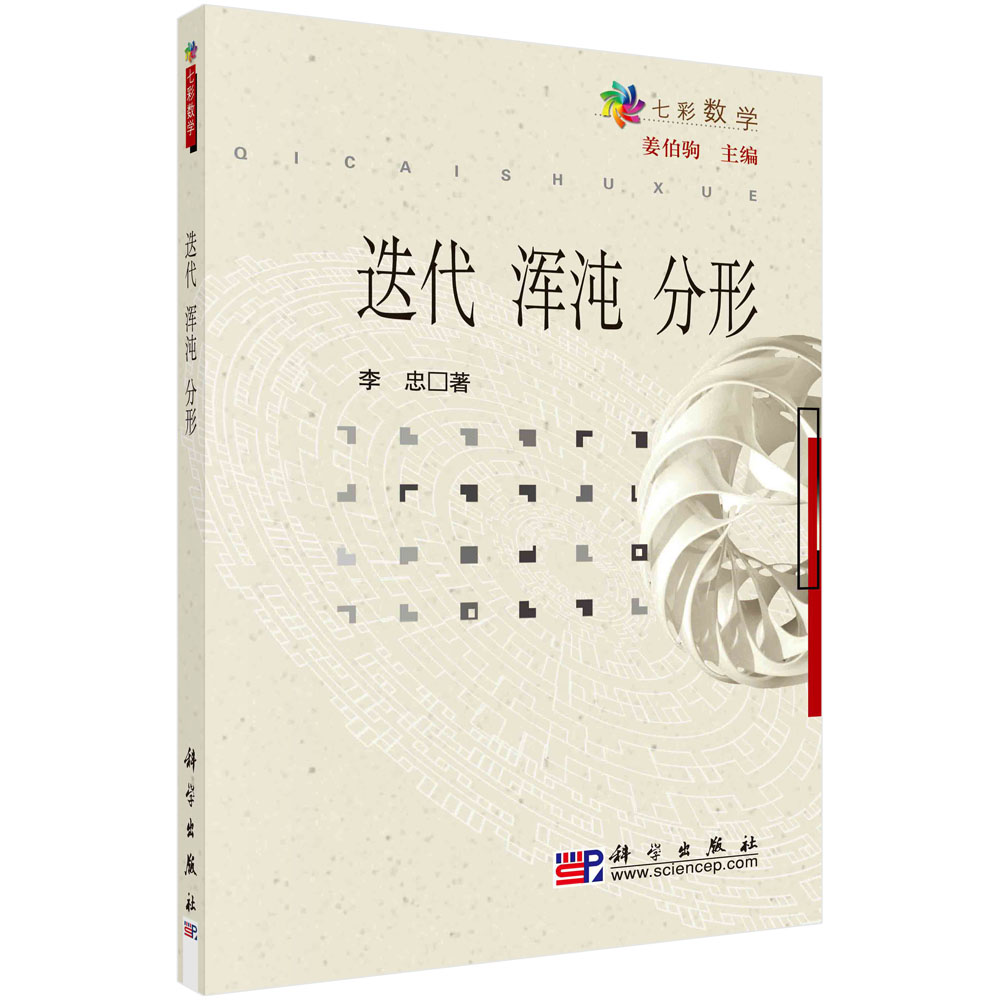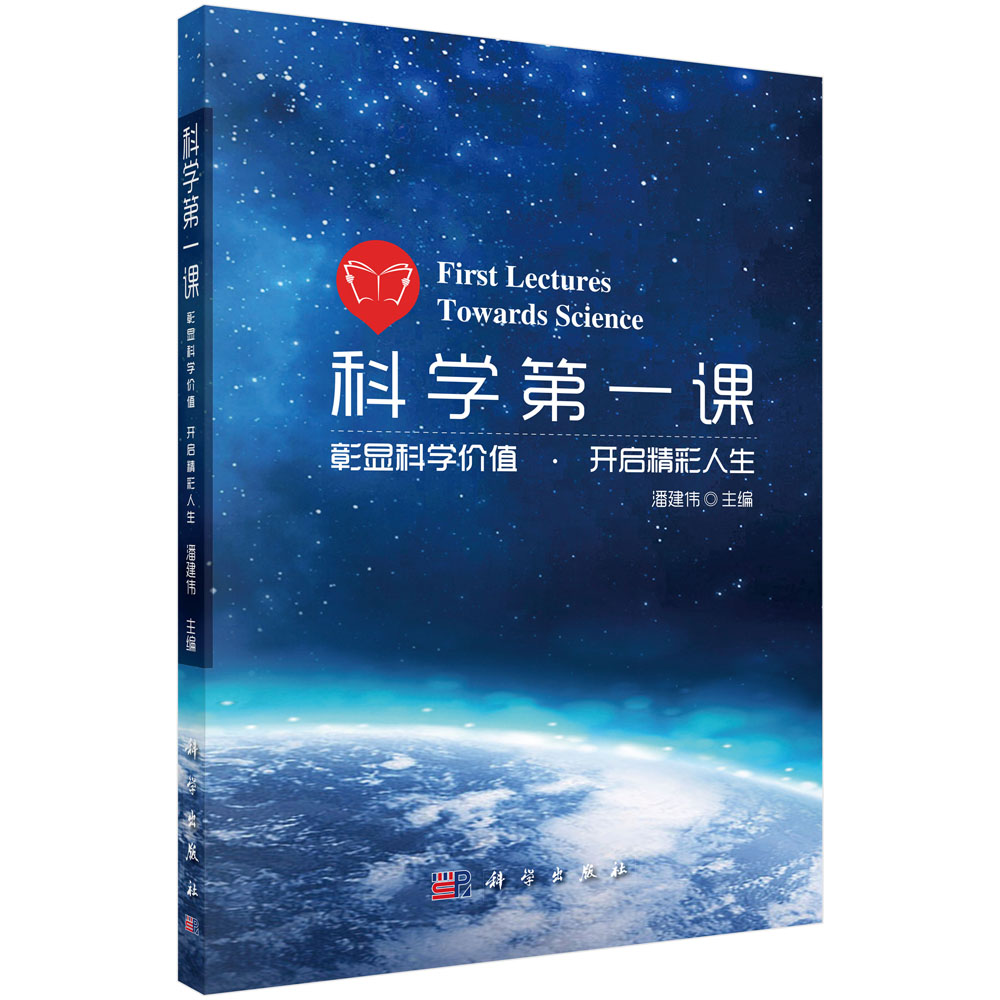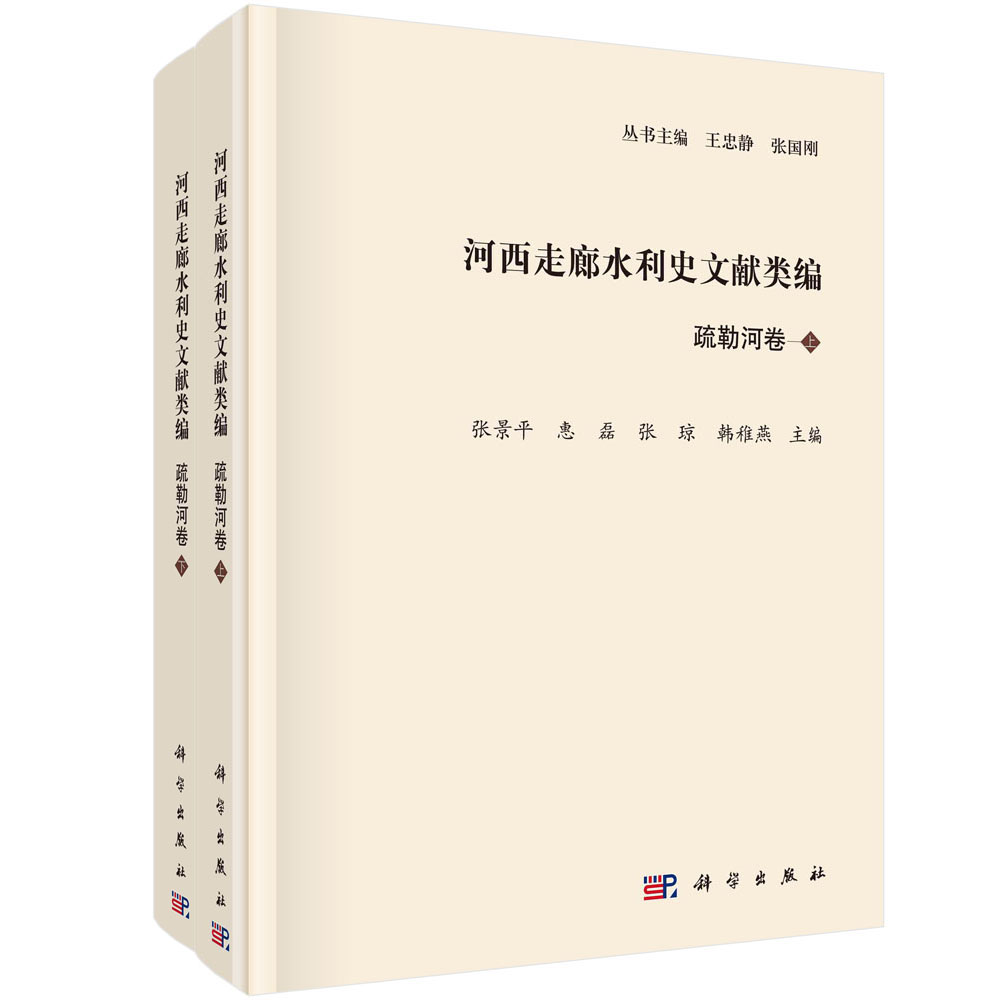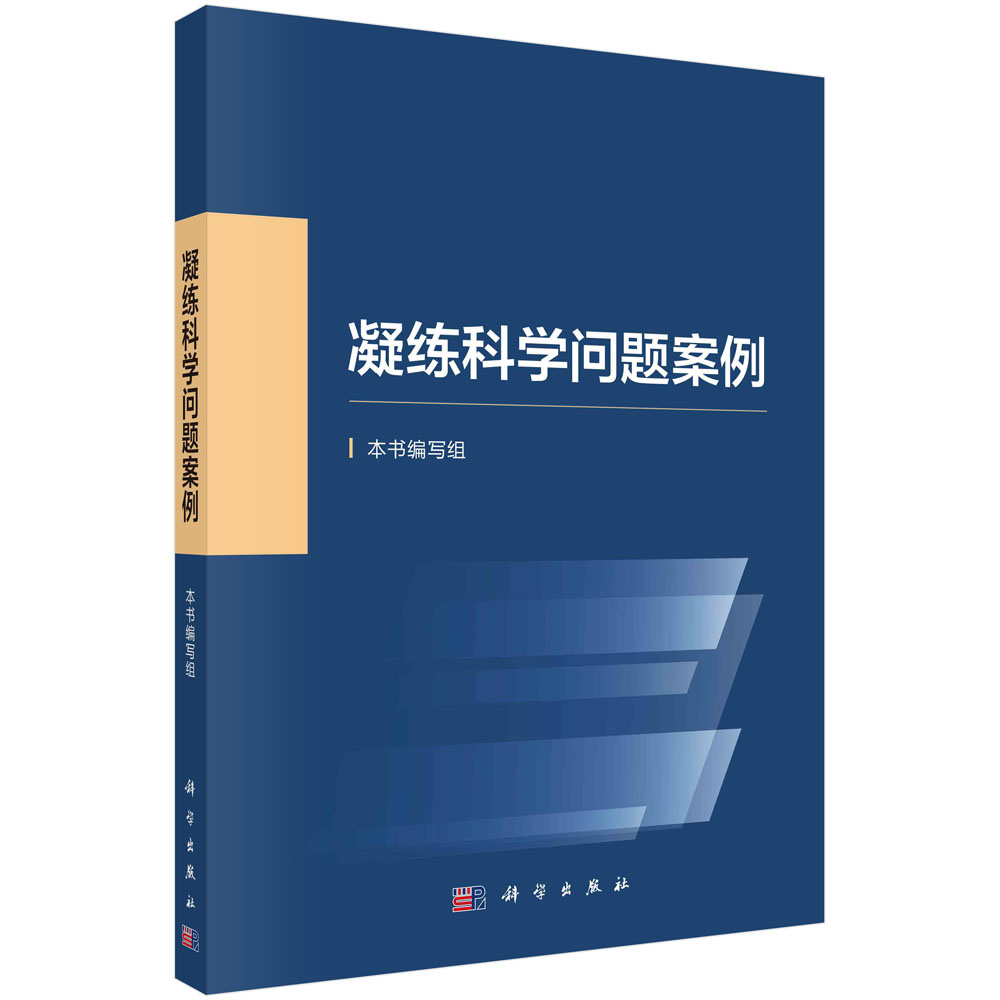近年,纳米技术及其基础科学以前所未有的速度增长与发展。基于此,本书旨在为读者们呈现一本动态的、权威的和真正能获取有效信息的参考著作,力求反映此学科领域全面而广阔的发展状况。 此书共有5卷,由国际专家组写作而成,内容涉及材料科学、物理学、生命科学、化学等领域;每篇文章的写作都兼具学术性、批判性与可读性,内容深入浅出,前后呼应,是一本跨学科领域研究者们不可或缺的有价值的参考资料。 本书适合化学、物理学、材料科学、生物学、工程学等领域的研究生及科研人员参考,对于纳米研究实验室、学术机构,涉及纳米和生物材料、材料科学等方面的专业组织、公司、企业等也是不可多得的参考资料。
样章试读
目录
4.01.1 Introduction to Scanning Probe-Based Lithography
4.01.2 Mechanical Force-Induced Nanolithography
4.01.2.1 Overview of Three AFM-Based Nanolithography Approaches
4.01.2.2 SAMs Provide Effective Resists for SPL
4.01.2.3 Nanoshaving
4.01.2.3.1 Nanoshaving enables modification of surface-bound patterns with nanometer precision
4.01.2.3.2 Nanoshaving enables in situ measurements of adsorbate height
4.01.2.4 Nanografting
4.01.2.4.1 Nanografting enables production of nanostructures of designed organic functionalities within the designed environment
4.01.2.4.2 Nanografting enables production of complex nanostructures
4.01.2.4.3 Nanografting enables production of nanostructures of DNA and protein molecules
4.01.2.4.4 Nanografted structures provide templates for building 3D nanostructures and device components
4.01.2.5 Nanopen Reader and Writer
4.01.3 Electrical Field and Current-Induced Nanolithography
4.01.3.1 Introduction to Electrical Field-Induced Nanolithography
4.01.3.2 Field-Induced Desorption
4.01.3.3 Electron-Induced Desorption
4.01.4 Concluding Remarks
References
4.02 电子束曝光技术制备纳米结构
4.02.1 Basics of Electron Beam Lithography
4.02.1.1 Introduction
4.02.1.2 E-Beam Tools
4.02.1.2.1 Elements of an EBL system
4.02.1.2.2 Modern electron sources
4.02.1.2.3 More advanced electron optics
4.02.1.2.4 Evolution of e-beam writers
4.02.1.2.5 What are the current trends in EBL systems?
4.02.1.2.6 The high-throughput issue-are multi-beams the answer?
4.02.1.2.7 Resists and processing are keys to success
4.02.2 Applications to Nanostructures
4.02.2.1 Spintronics
4.02.2.2 Molecular electronics
4.02.2.3 Photonic devices
4.02.2.4 Patterned media for disk drives
4.02.2.5 X-ray Optics
4.02.2.6 High Frequency Electronics
4.02.2.7 Nanotubes,Nanofibers,and Nanowires
4.02.3 Proximity Correction:Software and Hardware Solutions
4.02.4 Summary
References
4.03 亚微米级软光刻技术
4.03.1 Introduction
4.03.2 General Aspects of Patterning with Rubber-Elastic Polymers
4.03.3 Patterning Based on Molding
4.03.4 Patterning Based on Printing
4.03.5 Patterning Based on Edge Effects
4.03.6 Conclusion and Outlook
References
4.04 紫外压印光刻技术在纳米加工中的发展现状
4.04.1 Introduction
4.04.1.1 Nanoscale Manufacturing Requirements
4.04.1.2 Key Patterning Challenges in Nanoscale Device Applications
4.04.2 Top-Down Nanopatterning Options
4.04.2.1 Photon-Based Top-Down Patterning Techniques
4.04.2.2 Proximity Mechanical Top-Down Nanopatterning Techniques
4.04.2.3 Comparison of Nanoimprint Techniques
4.04.3 Building Blocks for UV Nanoimprint Lithography
4.04.3.1 UV Imprint Masks
4.04.3.2 Imprint Materials
4.04.3.2.1 Imprint resist
4.04.3.2.2 Adhesion layer
4.04.3.3 UV Imprint Tools
4.04.3.3.1 Alignment system for UV imprint steppers
4.04.4 UV Nanoimprint Lithography Process Results
4.04.4.1 Resolution,CD Control,and Line Edge Roughness
4.04.4.2 Alignment and Overlay
4.04.4.3 Defectivity and Mask Life
4.04.4.4 Throughput
4.04.4.5 Cost Considerations
4.04.5 Summary and Future Directions
References
4.05 微升打印技术
4.05.1 Introductio
4.05.2 Drop on Demand Ink-Jet Printing of Functional Materials
4.05.2.1 Principle of Operation
4.05.2.2 Piezoelectric DOD Printing
4.05.2.3 Acoustic DOD
4.05.2.4 Electrohydrodynamic-Jet Printing
4.05.3 Tools and Materials for Piezoelectric DOD Ink-Jet Printing
4.05.3.1 Ink-Jet Printers
4.05.3.2 Piezoelectric Printheads
4.05.3.3 Printable Metallic Inks for Ink-Jet Printing of Low-Resistivity Conductors
4.05.4 Applications of Ink-jet Printing of Functional Materials
4.05.4.1 Overview of Ink-Jet Printing Applications
4.05.4.2 Ink-Jet Printing Applications in the Display Industry
4.05.4.3 Fabrication of Organic Thin Film Transistors by Ink-Jet Printing
4.05.4.4 Digital Lithography
4.05.4.5 Direct Ink-Jet Etching of a Polymeric Substrate
4.05.5 Self-Aligned Ink-Jet Printing of Organic Transistors
4.05.5.1 High-Resolution Ink-Jet Printing Assisted by Surface-Energy Patterns
4.05.5.2 Lithography-Free Self-Aligned Printing with Sub-Micrometer Resolution
4.05.5.3 Self-Aligned Printing of Metal Nanoparticles Inks
4.05.6 Fully Downscaled, Self-Aligned Printed Polymer Thin-Film Transistors
4.05.6.1 Downscaling Requirements
4.05.6.2 Self-Aligned Printed Polymer TFTs with Thin Gate Dielectrics
4.05.6.3 Self-Aligned Gate Printing
4.05.7 Conclusions and Outlook
References
4.06 分子打印板:从超分子化学到纳米加工
4.06.1 Introduction
4.06.2 The Concept of Multivalency
4.06.3 Multivalency at Interfaces and the Molecular Printboard
4.06.4 Immobilization of Multivalent Guests on the Molecular Printboard
4.06.5 Writing Patterns of Molecules on the Molecular Printboard
4.06.6 Stepwise Assembly of Complex Structures and Stimulus-Dependent Desorption on/from the Molecular Printboard
4.06.7 Assemblies of NPs and 2D and 3D Nanofabrication on the Molecular Printboard
4.06.8 Probing Single-Molecule Interaction by AFM
4.06.9 Conclusions
References
4.07 胶体纳米晶半导体辅助的有机/无机复合发光器件
4.07.1 Light-Emitting Semiconductor Nanocrystals
4.07.1.1 Introduction and Background
4.07.1.1.1 Nanocrystals:A note on quantum size effects
4.07.1.2 Homostructure and Core-Shell Nanocrystals
4.07.1.3 Synthetic Routes
4.07.1.3.1 Nanocrystal synthesis:A note on focusing, defocusing, and Ostwald ripening
4.07.2 Structure-Property Relationships in Semiconductor Nanocrystals
4.07.2.1 Optical Properties:Absorption
4.07.2.2 Optical Properties:Emission
4.07.2.2.1 Band-edge emission
4.07.2.2.2 Defect and activator emission
4.07.2.2.3 Blinking effect
4.07.2.3 Thin Film Properties:Absorption and Photoluminescence
4.07.2.4 Electrical Transport Properties
4.07.2.4.1 Nanocrystal?polymer hybrid thin films
4.07.2.4.2 Close-packed nanocrystal solid thin films
4.07.3 Organic/Inorganic Hybrid LEDs
4.07.3.1 Hybrid LEDs Emitting in the Visible
4.07.3.1.1 Nanocrystal/polymer hybrid LEDs
4.07.3.1.2 Multilayer nanocrystal/organic small-molecule hybrid OLEDs
4.07.3.2 Hybrid LEDs Emitting in the Near-Infrared
4.07.3.2.1 Nanocrystal/polymer hybrid NIR OLEDs
4.07.3.2.2 Multilayer nanocrystal/organic small-molecule hybrid infrared OLEDs
4.07.3.3 Multicolor and White Hybrid OLEDs
4.07.3.4 Hybrid OLEDs Processed from Aqueous Solutions
4.07.3.5 Recent Developments in Processing of Hybrid OLEDs
4.07.4 Summary
References
4.08 面向无标记生物分子检测的铝纳米结构在等离子控制的紫外荧光应用中的使用
4.08.1 Introduction
4.08.1.1 Different Types of Metal-Fluorophore Interactions
4.08.1.2 Mie Theory and the Discrete-Dipole Approximation Technique
4.08.2 FDTD Calculations
4.08.3 MEF in the UV-Blue Region Using Particulate Aluminum Nanostructures
4.08.3.1 Preparation of Aluminum Nanostructured Films
4.08.3.2 Effect of Aluminum Particles on Near-UV Emitting Fluorophores
4.08.3.3 MEF of the Intrinsic Emission of Amino Acids
4.08.4 Surface Plasmon-Coupled Emission
4.08.4.1 SPCE Using Aluminum Films in the Near UV
4.08.5 Summary
References
4.09 量子点太阳能电池
4.09.1 Introduction:The Evolution of the Solar Cell
4.09.1.1 Solar-Based Energy:Past,Present,and Future
4.09.1.2 First-Generation Solar Cells
4.09.1.3 Inherent Limitations and Other Efficiency-Reducing Factors
4.09.1.3.1 Reflectance off of silicon surface
4.09.1.3.2 Electron-Hole Recombination
4.09.1.4 Multijunction Solar Cells(Tandem Solar Cells)
4.09.1.5 Gr*tzel Cell Design(Dye-Sensitized Solar Cells)
4.09.1.6 Quantum Dots as Next-Generation Solar-Cell Sensitizers
4.09.2 Design of QDSSCs
4.09.2.1 Cell Design:Adaptation of the Gr*tzel Device
4.09.2.2 Energy Levels of Materials
4.09.2.3 Electrolyte versus Hole-Conducting Polymer
4.09.3 Experimental Results of QDSSCs
4.09.3.1 Relevant Experimental Measurements
4.09.3.1.1 Standard conditions
4.09.3.2 Experimental Results:QDSSCs with Electrolyte Hole Transporter
4.09.3.3 Experimental Results:QDSSCs with Organic Polymer Hole Transporter
4.09.4 Future Challenges
4.09.4.1 Rainbow Solar Cell
4.09.4.2 Synthesis of Environmentally Friendly and Naturally Abundant QDs
4.09.4.3 Textile Integration
References
4.10 飞秒激光诱导的周期性自组装结构
4.10.1 Introduction
4.10.2 Ablation-Induced Periodic Nanocracks in Transparent Materials
4.10.2.1 Characteristics of Periodic Nanocracks
4.10.2.2 Theory of Periodic Nanocracks
4.10.2.2.1 Defect generation as memory in nonlinear ionization
4.10.2.2.2 Interference model with bulk plasma density wave
4.10.2.2.3 Transient nanoplasma model with ionization memory
4.10.2.3 Potential Applications
4.10.3 Ablation-Induced Periodic Surface Nanoripples
4.10.3.1 Characteristics of Surface Nanoripples
4.10.3.2 Theory of Surface Nanoripples
4.10.3.2.1 Defect formation and incubation
4.10.3.2.2 Interference model with surface plasmon polariton wave
4.10.3.2.3 Spatiotemporal ordering
4.10.3.3 Potential Applications
4.10.4 Deposition-Induced Nanogratings
4.10.4.1 Characteristics of Nanogratings
4.10.4.2 Theory of Nanogratings
4.10.4.3 Potential Applications
4.10.5 Conclusion and Future Challenges
References
4.11 纳流控
4.11.1 Introduction
4.11.2 Nanofluidics in 5-100nm Nanochannels and Pores
4.11.2.1 Emergence of a Unipolar Ionic Environment
4.11.2.2 Nanofluidic Field-Effect Transistors
4.11.2.3 Nanofluidic Diodes
4.11.2.4 Nanofluidic Energy Conversion
4.11.3 Nanofluidics in Sub 5 nm Nanochannels and Pores
4.11.3.1 Biomolecules in Nanofluidic Channels
4.11.3.2 Nanofluidic Modeling in Sub 5 nm Nanochannels and Pores
4.11.3.3 Sub 10 nm Nanochannel Synthesis and Nanofluidics Fabrication
4.11.4 Conclusions
References
4.12 分子机器和分子马达
4.12.1 Introduction
4.12.1.1 The Bottom-Up(Supramolecular)Approach to Nanodevices
4.12.1.2 Basic Concepts on Molecular Machines
4.12.1.2.1 Terms and definitions
4.12.1.2.2 Energy supply and monitoring signals
4.12.1.2.3 Other features
4.12.2 Natural Systems
4.12.2.1 Myosin and Kinesin
4.12.2.2 ATP Synthase
4.12.3 Artificial Systems
4.12.3.1 Molecular Shuttles and Related Species
4.12.3.1.1 Chemically driven shuttles, muscles,and elevators
4.12.3.1.2 Electrochemically driven shuttles
4.12.3.1.3 Shuttles powered by light energy
4.12.3.2 Ring Switching in Catenanes
4.12.3.2.1 Chemically driven switching
4.12.3.2.2 Electrochemically driven switching
4.12.3.2.3 Photochemically driven switching
4.12.3.3 Rotary Motors
4.12.3.3.1 Chemically driven rotary motors
4.12.3.3.2 Rotary motors powered by light energy
4.12.3.3.3 Unidirectional ring rotation in catenanes
4.12.3.4 Systems Based on DNA
4.12.3.4.1 Tweezers
4.12.3.4.2 Walking devices
4.12.3.5 Other Systems
4.12.3.5.1 Rotation around a metal ion in sandwich-type compounds
4.12.4 Hybrid Systems
4.12.4.1 A Hybrid Nanomechanical Device Powered by ATP Synthase
4.12.4.2 Mechanically Driven Synthesis of ATP
4.12.4.3 An Artificial Photosynthetic Membrane for the Light-Driven Production of ATP
4.12.5 Artificial Nanomachines in Device-Like Settings
4.12.5.1 Nanovalves
4.12.5.2 Microcantilever Bending by Molecular Muscles
4.12.5.3 Solid-State Electronic Circuits
4.12.6 Conclusion
References
4.13 在微米和亚微米尺度的超疏水
4.13.1 Introduction
4.13.2 Superhydrophobicity-Biological Inspirations
4.13.3 Fundamentals of Superhydrophobicity
4.13.4 Stability of Superhydrophobic States
4.13.5 Fabrication of Superhydrophobic Surfaces
4.13.5.1 Ordered Well-Defined Structures
4.13.5.1.1 Photolithography and etching
4.13.5.1.2 Template and master replication
4.13.5.2 Creating Random Roughness
4.13.5.2.1 Roughness induced by etching
4.13.5.2.2 Film deposition
4.13.5.3 Constructing Switchable Surfaces
4.13.6 Applications of Superhydrophobic Surfaces
4.13.6.1 Self-Cleaning Surfaces
4.13.6.2 Anti-Biofouling and Bio-Contamination Resistance
4.13.6.3 De-Icing,Anti-Icing,and Anti-Snow Adhesion
4.13.6.4 Drag Reduction
4.13.6.5 Microfluidic Devices
4.13.6.6 Miscellaneous Applications
4.13.6.6.1 Application to fuel cells and microbatteries
4.13.6.6.2 Application to corrosion inhibition
4.13.6.6.3 Application to optical coating
4.13.6.6.4 Application to transparent conducting materials
4.13.6.6.5 Application to textiles
4.13.7 Conclusions
References
4.14 基于水分散的导电聚合物有机电子器件
4.14.1 Introduction
4.14.1.1 History of Conducting Polymers
4.14.1.1.1 History of PEDOT
4.14.1.1.2 History of PANI
4.14.2 Chemistry of Water-Dispersible Conducting Polymers
4.14.2.1 Synthesis and Redox Chemistry
4.14.2.1.1 PEDOT synthesis and redox chemistry
4.14.2.1.2 PANI synthesis and redox chemistry
4.14.2.2 Synthetic Control
4.14.2.2.1 Synthetic control of PEDOT
4.14.2.2.2 Synthetic control of PANI
4.14.2.3 Secondary Doping Effects
4.14.3 Conductivity Relationships-Characterization of Optical,Electrochemical,and Structural
4.14.3.1 Electrical Conductivity of Conducting Polymers
4.14.3.2 Optical Characterization of Conducting Polymers
4.14.3.3 Electrochemical Characterization of Conducting Polymers
4.14.3.4 Structural Characterization of Conducting Polymers
4.14.3.4.1 Solid-state NMR
4.14.3.4.2 X-ray diffraction
4.14.4 Applications
4.14.4.1 Organic Thin-Film Transistors
4.14.4.2 Organic Light-Emitting Diodes
4.14.4.3 Organic Solar Cells
4.14.4.4 Electrochromic Devices
4.14.5 Concluding Remarks
References
4.15 III-V族和第IV族铁磁半导体自选电子学
4.15.1 Introduction and Overview
4.15.2 (GaMn)As
4.15.3 GeFe
4.15.4 GeMn
References
4.16 硫醇分子结的电学性质:导电机制、金属分子接触和非弹性输运
4.16.1 Introduction
4.16.2 Experiment
4.16.3 Theoretical Basis
4.16.3.1 Possible Conduction Mechanisms
4.16.3.2 Tunneling Models
4.16.4 Results
4.16.4.1 Tunneling Current-Voltage Characteristics
4.16.4.1.1 Temperature-variable current-voltage(I(V,T))measurement
4.16.4.1.2 Tunneling characteristics through alkanethiols
4.16.4.1.3 Length-dependent tunneling through alkanethiols
4.16.4.1.4 Franz model
4.16.4.2 Metal-Molecule Contacts for Alkanethiols Junction
4.16.4.2.1 Statistical analysis of contact properties through alkanethiols
4.16.4.2.2 Contact/length-dependent decay coefficients by multibarrier tunneling model
4.16.4.2.3 Contact properties through various electrodes by multi-barrier tunneling model
4.16.4.3 Inelastic Tunneling
4.16.4.3.1 Inelastic electron tunneling spectroscopy
4.16.4.3.2 Linewidth study
4.16.5 Conclusions
References
4.17 纳米尺度晶体管
4.17.1 Introduction
4.17.1.1 Nanoscale Transistor Architecture and Ultimate
4.17.1.2 Toward Variability of Nanoscale Transistor Era
4.17.2 Characterization of Variability in Nanoscale Transistors
4.17.2.1 Process Variation Effect
4.17.2.2 Randomness Effect
4.17.2.3 Device Variability in Circuit
4.17.3 Intrinsic Parameter Fluctuation in Bulk MOSFETs Transistors
4.17.3.1 Experimentally Validated 20-nm-Gate Planar Bulk MOSFETs
4.17.3.2 Outlook for Sub-20-nm Planar Bulk MOSFETs
4.17.3.3 Fin-Type Field Effect Transistors
4.17.4 Silicon-on-Insulator Multiple-Gate Field Effect Transistor
4.17.4.1 Multiple-Gate MOSFETs from Single to Quadruple
4.17.4.2 Nanowire Transistor
4.17.5 Device Variability in Nanoscale Transistor Circuits
4.17.5.1 Analogy/High-Frequency Characteristics
4.17.5.2 Timing of Digital Circuit
4.17.5.3 Static Random Access Memory
4.17.6 Fluctuation-Suppression Techniques
4.17.6.1 Device-Level Suppression
4.17.6.1.1 High-* dielectrics and vertical-channel transistors
4.17.6.1.2 Channel profile engineering
4.17.6.2 Circuit-Level Suppression
4.17.7 Conclusions and Future Work
References
4.18 基于电子自旋的数据存储
4.18.1 Introduction
4.18.2 Spin-Dependent Transport in Magnetic Nanostructures
4.18.2.1 Spin Filtering
4.18.2.2 Giant Magnetoresistance
4.18.2.3 Tunneling Magnetoresistance
4.18.2.4 Spin Transfer Switching
4.18.3 Magnetic Random Access Memory
4.18.3.1 Comparison to Conventional Memories
4.18.3.2 Magnetic Tunnel Junctions for MRAM Read
4.18.3.3 Magnetic Random Access Memory Types
4.18.3.4 Conventional Field-Switched MRAM
4.18.3.5 Toggle-Switched Magnetic Random Access Memory
4.18.3.6 Spin-Torque Magnetic Random Access Memory
4.18.3.7 Conclusion
4.18.4 Magnetic Recording
4.18.4.1 Current Technology-Continuous Perpendicular Recording
4.18.4.1.1 Components of a hard-disk drive
4.18.4.1.2 Areal density increases-past and future
4.18.4.1.3 Beyond the limits of single media structures
4.18.4.2 Patterned Media
4.18.4.2.1 Discrete track media
4.18.4.2.2 Bit patterned media
4.18.4.3 Energy-Assisted Magnetic Recording
4.18.4.4 Summary and Conclusions
4.18.5 Three-Dimensional Magnetic Memory
4.18.5.1 Magnetic Field-Induced Domain-Wall Motion
4.18.5.2 Spin-Torque-Induced Domain-Wall Motion
4.18.5.3 Magnetic Race-Track Memory
4.18.6 The Role of Fabrication Development in Magnetic Storage
4.18.6.1 Trending Conventional Lithography to Smaller Length Scales
4.18.6.2 Challenges for Bit-Patterned Media
4.18.6.3 Fabrication of 3D Memory Structures
4.18.6.4 Conclusion
4.18.7 Conclusions
References
4.19 光学全息数据存储
4.19.1 Introduction
4.19.2 Fundamentals of Holographic Storage
4.19.2.1 Essentials of Holography
4.19.2.2 Volume Holograms and the Bragg Effect
4.19.2.3 Applications to Data Storage
4.19.2.4 Approaches to Multiplexing
4.19.2.4.1 Bragg-based techniques
4.19.2.4.2 Momentum-based techniques
4.19.2.4.3 Correlation-based techniques
4.19.2.4.4 Combinations of multiplexing methods
4.19.3 Implementation of Holographic Storage Systems
4.19.3.1 Robust Optical Architectures
4.19.3.2 Components for Holographic Storage
4.19.3.2.1 Laser sources
4.19.3.2.2 Spatial light modulators
4.19.3.2.3 Cameras
4.19.3.2.4 Recording media
4.19.4 Current Status
4.19.5 Future Developments
References]]>

